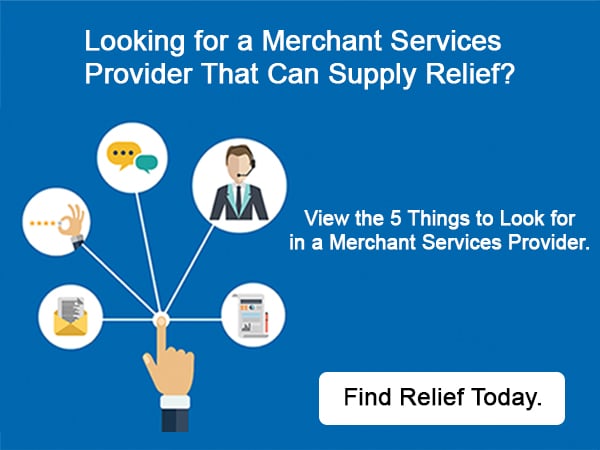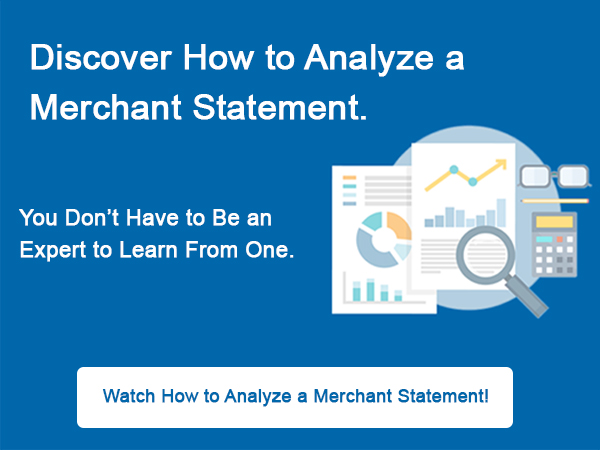You've worked hard at keeping your business running successfully and you want to keep it safe. What are some ways you can protect your business from credit card fraud? It's never too early to start thinking about preventative steps to take to keep your company safe from potential fraud. We have 10 tips to help you get started. Watch our video to learn more!
#1. Beware of the Warning Signs of Fraud
The holidays are a time where fraudulent activity is at its highest and inconveniently when merchants are at their busiest. You’ll want to pay close attention to suspicious behaviors online like unusually large orders that come from foreign IP addresses.
#2. Maintain Your PCI Compliance and/or Check Your Status
Being PCI compliant is the most important standard to keep up with as it determines how you must store, handle and transmit cardholder data creating protection of your customers’ payment details, and your business from fraud. To maximize your fraud prevention, you’ll want to ensure your business meets all the guidelines, not to mention, you'll avoid a non-compliance fee.
#3. Accept EMV Chip Card Technology
Most of the time, fraudulent transactions come from online/card-not-present sales, so you are potentially putting your business at unnecessary risk when you don’t accept EMV chip cards. Although, EMV chip card technology doesn’t keep your business safe every time, it helps reduce the chance of fraud significantly.
#4. Take Care of Chargebacks Efficiently
Although chargebacks are unavoidable and prevalent during online transactions, you can reduce the risk of them from happening to your business. As the merchant, you want to gather all information from the transaction and put it together for a credible case for representment. This information and supporting documents are strong evidence showing the transaction was legitimate. These are then reviewed by the processor who will make the decision.
#5. Tighten Online Credit Card Processing Security with CVV and AVS Restrictions
Frequently, card-not-present transactions, like e-commerce payments, happen to be sales that are fraudulent. But there is a successful way to prevent this from occurring, which is to instill restrictions such as Address Verification System (AVS) and Card Verification Value (CVV), to confirm the information entered during online checkout matches the same information on file.
#6. Take Advantage of Payment Gateways for Online Payments
Plenty of small businesses depend on customer vaults and recurring billing to run simple, repeat transactions and offer convenient auto-billing. This is extremely useful when you run payments online. Thankfully, each service is powered by fraud-resistant tokenization technology! This protects cardholder data through the tokenization process and allows an online payment to be processed without giving cybercriminals a card number, account number or an identity to steal.
#7. Use a Customer Vault to Store Payment Details
Another frequently used security feature to protect your business is encryption. This converts sensitive data into a code that can be translated only by those in possession of the algorithm and the encryption key. A payment gateway is one of the best ways to accept online payments because it takes care of authorizing the payment and making sure that the data entered is enough to finalize the payment. The gateway protects the details of the credit card by encrypting all sensitive information it holds.
#8. Stay Current with Security Developments
Reinforcing and implementing attempts to avoid credit card fraud, despite its decline, is the best thing you can do to keep your business safe. It’s crucial for you to pay close attention to payment security developments now and during the holiday season, since you don’t want to lose out on valuable sales opportunities. Whether it’s effective chargeback prevention, secure online credit card processing or safe mobile payments — know your choices and always use equipment that meets the most up-to-date payment processing requirements. After all, a one-time investment can go a long way in helping your business run smoothly for years to come!
#9. Be Aware of Stolen or Lost Credit Cards Online
As previously mentioned, using Address Verification Service (AVS) and requesting card security codes such as a card code value (CCV) or a card verification value (CVV) can help reduce fraudulent activity with online payments. You should also pay attention and flag any purchase orders with quantities or transaction values outside of the normal range.
#10. Report Fraud Quickly
No matter how hard you try to avoid fraud, you must have a response plan in place in case you experience a breach. When it’s time to switch from prevention to mitigation, the first step is to report the situation as promptly as possible to proper authorities, including your credit card processor and the issuing bank.
Conclusion:
Having the knowledge of what to do in case of credit card fraud is only half the battle. Once you start putting these practices in place is when you'll really start to see results and avoid what could potentially happen! Make sure you stay one step ahead and have a solid plan to implement procedures to help you avoid credit card fraud.








 Facebook
Facebook Twitter
Twitter LinkedIn
LinkedIn Youtube
Youtube Glassdoor
Glassdoor